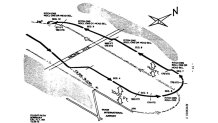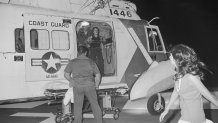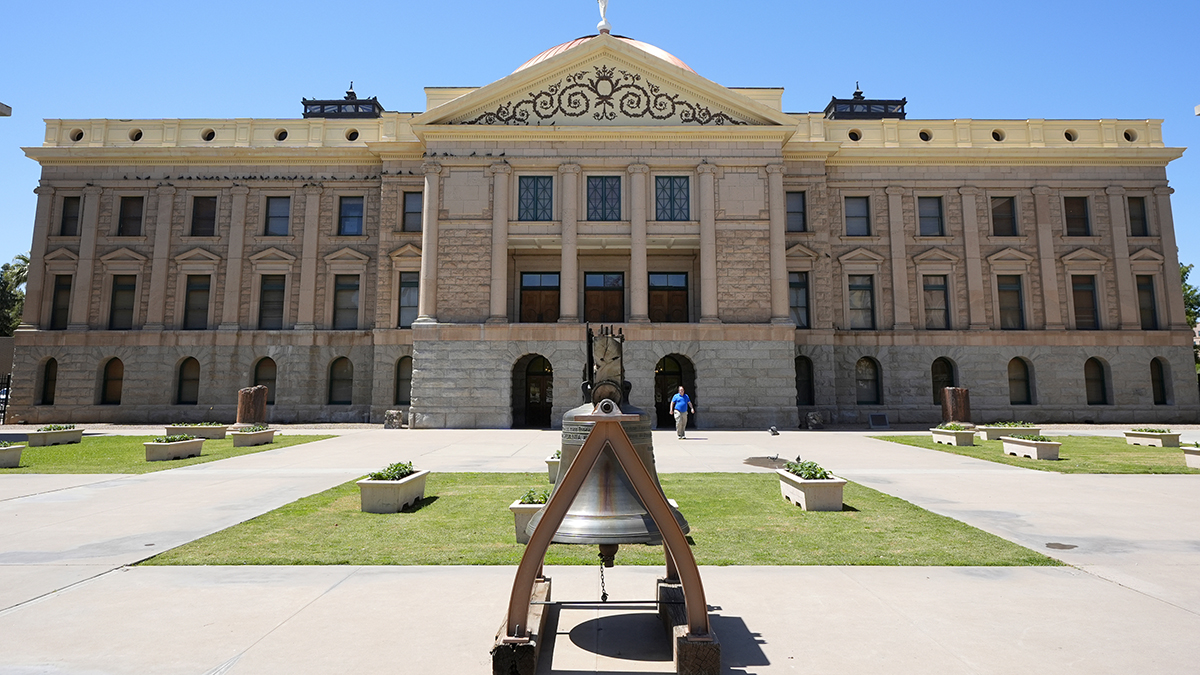
One of the worst air disasters in South Florida history happened exactly 50 years ago Thursday, when Eastern Airlines Flight 401 slammed into the Florida Everglades, killing more than 100 people and leading to the implementation of several aviation safety measures.
The flight had left JFK Airport in New York en-route to Miami International Airport when it went down shortly before midnight on Dec. 29, 1972, in the swampland some 18 miles west-northwest of the airport.
Of the 163 passengers and 13 crewmembers aboard, 94 passengers and five crewmembers were killed, while two other survivors died days later from their injuries.
The flight had been uneventful until the Lockheed L-1011 jet was making its approach to MIA.
Get New England news, weather forecasts and entertainment stories to your inbox. Sign up for NECN newsletters.
According to a National Transportation Safety Board report, the pilots placed the landing gear handle down but noticed the green light that indicates that the nose landing gear is fully extended and locked failed to illuminate.
"Ah, tower this is Eastern, ah, four zero one, it looks like we're gonna have to circle, we don't have a light on our nose gear yet," the pilot told the control tower at MIA.
Controllers gave their OK and told the crew to maintain an altitude of 2,000 feet, as the plane, which had been over the airport turned back over the Everglades.
U.S. & World
The pilots engaged the autopilot so they could inspect the light and the landing gear but the darkness apparently made it hard to see.
"I can't see it, it's pitch dark and I throw the little light, I get, ah, nothing," the second officer said, according to the report.
A short time later, the plane was cleared to turn back to MIA and that's when a crewmember noticed something was amiss.

"We did something to the altitude," the first officer remarked, and the captain's reply was "What?"
"We're still at two thousand right?" the first officer asked, and the captain immediately exclaimed "Hey, what's happening here?"
Seconds later, the plane crashed into the ground at 227 mph.
After the impact the aircraft disintegrated, scattering wreckage over an area approximately 1,600 feet long and 300 feet wide. A flash fire also developed from sprayed fuel.
Almost immediately, airboat operators who saw the flash responded to the area.
Bud Marquis, who was out hunting frogs with a friend, was the first to arrive and found a scene of chaos, with survivors struggling in the swampy wreckage.
"I'm one person in the midst of all this," Marquis told NBC News back in 2007. "I'm no doctor. I didn't know what to do."
The U.S. Coast Guard had been quickly notified by the tower at MIA and had helicopters airborne almost immediately from their station in Opa-locka.
The helicopters had trouble finding the wreckage but Marquis used his headlamp to help signal them, as he continued to pull survivors from the wreckage.
Dozens of people were airlifted to local hospitals from the scene. Fourteen people suffered burns, while 17 had only minor injuries and didn't need to be hospitalized, the NTSB report said.

The investigation into the crash took months. In a June 1973 report NTSB investigators said it was possible that the altitude hold function on the autopilot was accidentally disengaged, causing the plane to gradually descend from the 2,000-foot altitude.
Ultimately, the probable cause was determined to be "the failure of the flight crew to monitor the flight instruments during the final 4 minutes of flight, and to detect an unexpected descent soon enough to prevent impact with the ground," the NTSB report said.
"Preoccupation with a malfunction of the nose landing gear position indicating system distracted the crew's attention from the instruments and allowed the descent to go unnoticed," it continued.
The crash of Eastern Airlines Flight 401, along with other major air disasters around the same time, eventually led to a number of aircraft safety enhancements, including crew resource management, which has procedures for decision making in cockpits to try to eliminate human error.
Also developed after the crash were ground proximity warning systems, which alert pilots if an aircraft is is immediate danger of flying into the gound or an obstacle.
The crash spawned a number of books, films and other media, along with legends of ghost signtings involving crew members who were killed.
Eastern Airlines eventually ceased operations early in 1991.




